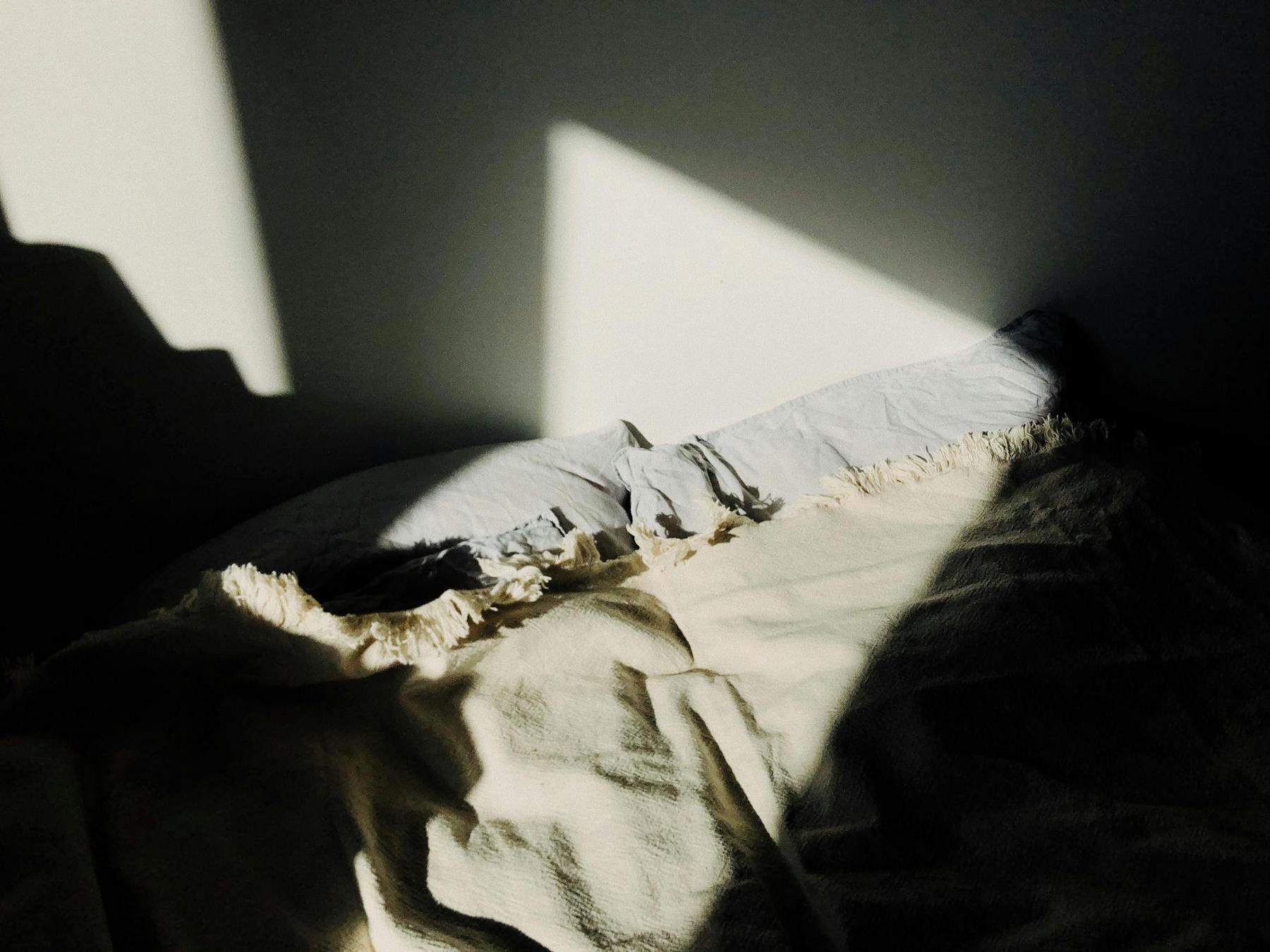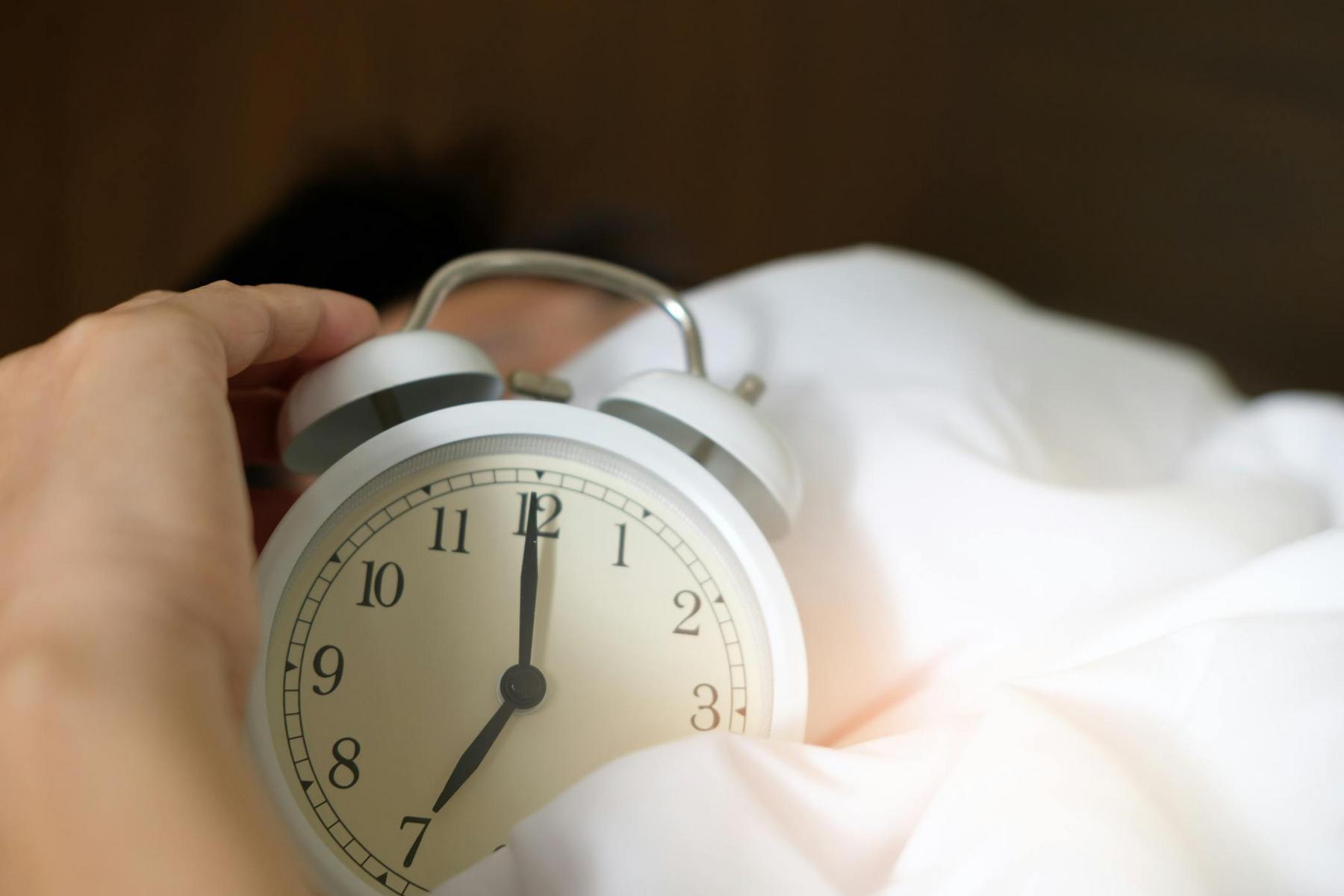Have you ever experienced vivid colours swirling behind your closed eyelids just as you’re drifting off to sleep? Perhaps you’ve heard your name being called when no one was there, or felt yourself suddenly falling just before sleep takes hold? These puzzling moments aren’t figments of your imagination—they’re hypnagogic states, a fascinating neurological phenomenon that affects up to 70% of people. Despite their prevalence, these transitional experiences between wakefulness and sleep remain widely misunderstood, often causing unnecessary anxiety when they occur. Understanding what happens during these threshold moments of consciousness can provide reassurance and insight into the remarkable ways our brains navigate the nightly journey into sleep.
What Are Hypnagogic States and How Do They Differ from Dreams?
Hypnagogic states represent the transitional phase of consciousness that occurs as we move from wakefulness into sleep. The term “hypnagogia” was coined by French scholar Alfred Maury in 1848, derived from the Greek words “hypnos” (sleep) and “agōgos” (conductor or leader). This threshold consciousness sits at the boundary between being fully awake and entering the first stage of sleep.
It’s crucial to distinguish hypnagogic states from their counterpart phenomenon: hypnopompia, which occurs during the reverse transition from sleep to wakefulness. Both represent periods when the brain exhibits characteristics of simultaneous wake and sleep states, creating a unique form of consciousness that differs fundamentally from both full wakefulness and typical dreaming.
The neurophysiological signature of hypnagogic states reveals fascinating brain wave patterns. During normal wakefulness, the brain predominantly displays beta waves exceeding 14 Hz, alongside alpha waves ranging from 8-13 Hz. As drowsiness sets in, alpha waves take precedence. During the hypnagogic transition, alpha wave activity drops below 50% of total brain wave activity, whilst theta waves (4-7 Hz) begin to appear as characteristic ripples on electroencephalogram (EEG) recordings.
These transitional states typically last between one to five minutes during the lightest stage of non-rapid eye movement (NREM) sleep, known as Stage 1. However, sleep disturbances or deliberate techniques can extend hypnagogic periods, making them accessible for creative exploration or meditation practices.
Unlike dreams, which occur predominantly during REM sleep and feature narrative storylines, hypnagogic experiences are generally static, fragmented, and lack cohesive storytelling. The brain’s selective amnesia during these transitions affects hippocampal memory systems responsible for episodic and autobiographical recall, whilst leaving semantic memory in the neocortex relatively intact. This explains why people often struggle to remember hypnagogic experiences upon fully waking.
What Types of Hypnagogic Hallucinations Do People Experience?
Hypnagogic hallucinations manifest across multiple sensory modalities, with visual experiences being the most common, occurring in approximately 86% of cases. These visual phenomena range from simple phosphenes and geometric patterns to complex images of faces, animals, or kaleidoscopic colour sequences. Some individuals report moving through tunnels of light or witnessing vivid imagery that appears static rather than animated.
Auditory hallucinations affect between 8% and 34% of people experiencing hypnagogic states. These can include fragmented voices, musical sounds, environmental noises, the sound of one’s own name being called, or sudden crashes and bangs.
Tactile and sensory hallucinations represent 25% to 44% of reported cases. The sensation of falling—often accompanied by a sudden muscle jerk that snaps the person back to alertness—is among the most universally recognised hypnagogic experiences. Other common tactile phenomena include floating sensations, feelings of weightlessness or flying, perceived changes in body proportions, formication (crawling sensations on the skin), and out-of-body experiences.
A particularly intriguing phenomenon called the Tetris Effect demonstrates how hypnagogic imagery can be shaped by recent repetitive activities. Named after the popular video game, this effect occurs when intrusive images from activities like rock climbing, skiing, or playing video games dominate the hypnagogic experience. Researchers have documented this phenomenon even in amnesiac patients who retain no conscious memory of the original activity, suggesting it involves visuomotor processes at a deeper neurological level than conscious recall.
Some individuals report synesthetic experiences during hypnagogic states, such as seeing light flashes in response to sounds, alongside less common gustatory and olfactory hallucinations.
How Do Hypnagogic States Relate to Sleep Paralysis and Other Sleep Phenomena?
Sleep paralysis represents a distinct but often co-occurring phenomenon with hypnagogic states. Affecting approximately 8% to 30% of people at some point, sleep paralysis involves a temporary inability to move or speak whilst falling asleep or waking. These episodes typically last from several seconds to 20 minutes, with an average duration of six minutes.
The physiological mechanism underlying sleep paralysis involves REM atonia—the muscle relaxation that normally occurs during REM sleep—persisting inappropriately into a state of consciousness. This creates a frightening experience where the mind is awake but the body remains paralysed. Three distinct types of hallucinations commonly accompany sleep paralysis: intruder hallucinations (perceiving a dangerous presence), incubus hallucinations (sensations of chest pressure or suffocation), and vestibular-motor hallucinations (experiences of floating, flying, or out-of-body sensations).
Hypnagogic jerks, also called hypnic jerks, affect between 60% and 70% of people. These sudden, involuntary muscle contractions during sleep onset are not signs of medical conditions and may represent an evolutionary protective mechanism. They often become more pronounced during periods of stress or fatigue.
The relationship between hypnagogic states and lucid dreaming presents another fascinating connection. Some individuals can deliberately cultivate awareness during hypnagogia, maintaining consciousness whilst allowing hypnagogic imagery to develop. This technique has been employed by creative professionals and researchers to access unique problem-solving capabilities during these threshold states.
Why Do Hypnagogic States Occur and What Triggers Them?
The neurophysiology underlying hypnagogic states involves complex interactions between multiple brain systems. The ascending reticular activating system (RAS) in the brainstem plays a critical role in regulating alertness during sleep-wake transitions. Key nuclei include the locus coeruleus, raphe nuclei, pedunculopontine and laterodorsal tegmental nuclei, and the tuberomammillary nucleus.
During the transition to sleep, reductions in noradrenergic and serotonergic activity occur whilst cholinergic activity remains maintained. This unique neurochemical environment may allow the emergence of elements of REM sleep during the wake-sleep transition—a concept known as the covert-REM hypothesis.
Environmental and lifestyle factors also play significant roles. Sleep disruptions due to irregular schedules, excessive screen time, or stress can intensify hypnagogic experiences. Medical conditions such as narcolepsy, insomnia, bipolar disorder, and anxiety, along with genetic predispositions, further influence the frequency and intensity of these transitional phenomena.
How Common Are Hypnagogic States in Australian Populations?
Research suggests that approximately 37% of people report experiencing hallucinations while falling asleep, with up to 70% having experienced some form of hypnagogic phenomenon at least once. In Australia, sleep health challenges are prevalent, with 50% of the population experiencing some form of sleep deficiency. Inadequate sleep significantly impacts public health, contributing to economic losses and affecting quality of life.
Data indicates that 40% of Australian adults experience inadequate sleep, 60% experience at least one sleep symptom, and 48% face multiple sleep problems. These figures highlight the need for better sleep health awareness and interventions across the country.
Can Hypnagogic States Enhance Creativity and Problem-Solving?
The unique cognitive properties of hypnagogic states have long intrigued creative professionals and scientists. During hypnagogia, thought processes emerge with heightened suggestibility and fluid associations of ideas, enabling creative problem-solving and breakthrough insights.
Historical figures such as August Kekulé, Thomas Edison, Edgar Allan Poe, and Salvador Dalí have credited hypnagogic experiences with inspiring their creative processes. Modern research, including studies conducted at Harvard and MIT, continues to explore the potential of hypnagogia as a tool for enhancing creative and analytical thinking.
What Distinguishes Normal Hypnagogic Experiences from Concerning Symptoms?
Normal hypnagogic hallucinations are distinguished by their occurrence exclusively during sleep transitions and the fact that individuals recognize them as not real. In contrast, hallucinations that occur during full wakefulness or those that persist with strong memory retention may signal underlying medical or psychological conditions.
It is important to seek professional evaluation if hypnagogic experiences are accompanied by distressing symptoms such as frequent sleep paralysis, excessive daytime sleepiness, or disruptions to daily functioning.
Managing Hypnagogic Experiences Through Sleep Health Optimisation
Hypnagogic states, while normal, can be managed effectively through improved sleep hygiene. Maintaining consistent sleep schedules, creating an optimal sleep environment, and reducing screen exposure before bed are key strategies. Stress reduction techniques, such as meditation or cognitive behavioural therapy for insomnia (CBT-I), may also help in moderating these experiences.
For those experiencing distressing episodes of sleep paralysis, simple techniques such as slow, deliberate movements and deep, steady breathing can be helpful. Reminding oneself that these episodes are temporary and benign can also reduce anxiety.
Understanding the Broader Implications of Sleep Health in Australia
The study of hypnagogic states is part of a broader examination of sleep health, an issue of growing importance in Australia. With significant portions of the population experiencing sleep deficiencies, there is a pressing need for public health strategies aimed at improving sleep quality and accessibility to treatment. National strategies and culturally sensitive interventions are being developed to address these challenges, ensuring better overall health outcomes for all Australians.
Looking to discuss your health options? Speak to us and see if you’re eligible today.
Are hypnagogic hallucinations a sign of mental illness?
No, hypnagogic hallucinations are normal neurological phenomena that occur during the transition between wakefulness and sleep. They are not indicative of mental illness when recognized as unreal and transient. However, hallucinations during full wakefulness should be evaluated by a professional.
Can you prevent hypnagogic hallucinations from occurring?
While you cannot entirely prevent hypnagogic states, you can reduce their frequency and intensity through sleep health optimisation. Maintaining a consistent sleep schedule, ensuring adequate sleep, managing stress, and reducing screen exposure before bedtime can help.
How long do hypnagogic states typically last?
Hypnagogic states generally last between one to five minutes during the transition from wakefulness to Stage 1 NREM sleep. However, factors such as sleep disturbances or deliberate techniques can alter this duration.
Is the Tetris Effect a type of hypnagogic hallucination?
Yes, the Tetris Effect is a form of hypnagogic hallucination where repetitive activities influence the imagery experienced during the transition to sleep. It demonstrates how recent, repetitive tasks can shape these transient experiences.
Should I be concerned if I experience frequent hypnagogic hallucinations?
Frequent hypnagogic hallucinations are typically not a cause for concern unless they interfere with daily functioning or occur during full wakefulness. If accompanied by distress or other sleep disorder symptoms, it may be advisable to seek professional evaluation.













